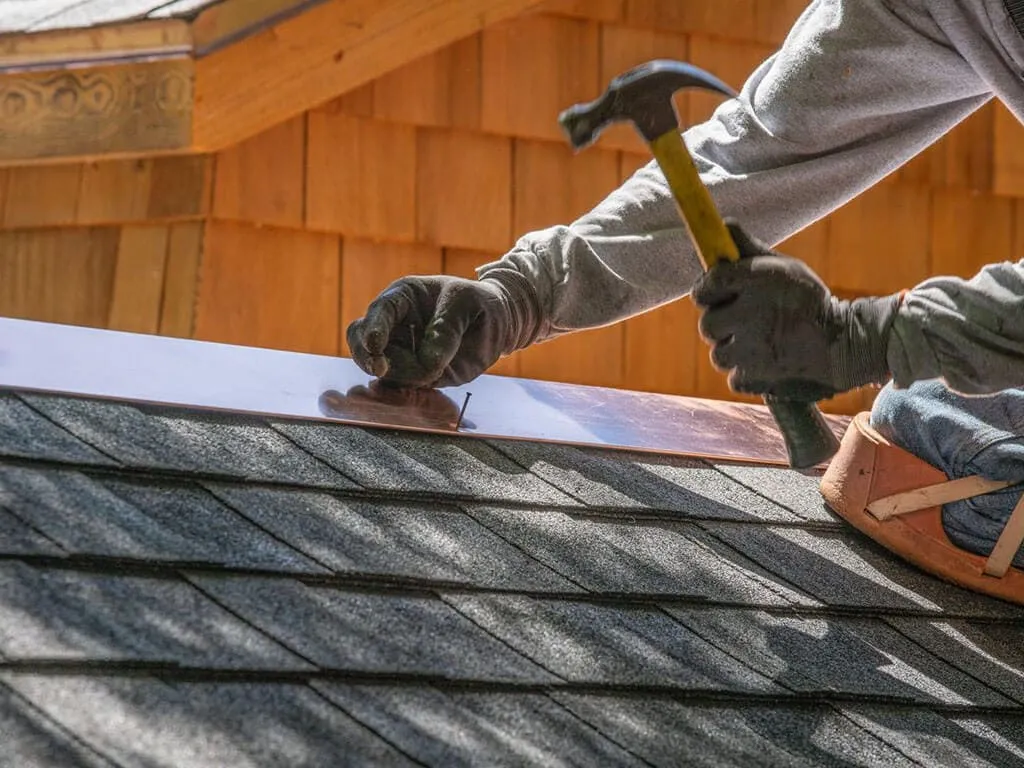In the realm of home maintenance, there exists a seemingly elusive and mysterious task: the residential roof inspection. With each shingle and gutter whispering untold stories of wear and tear, the secrets of a roof’s true condition remain hidden to the untrained eye. Join us as we embark on a journey to uncover the mysteries of residential roof inspection, revealing the key techniques and insights to ensure your home remains safe and sound under a protective canopy of shingles.
Understanding the Importance of Regular Roof Inspections
Regular roof inspections are a crucial aspect of maintaining a residential property’s structural integrity and longevity. By uncovering potential issues early on, homeowners can prevent costly repairs and extend the lifespan of their roof. It is recommended to schedule a professional inspection at least once a year to ensure that your roof is in optimal condition.
During a roof inspection, experts will evaluate various components such as shingles, flashing, vents, and gutters to identify any signs of damage or wear. Additionally, they will assess the overall condition of the roof and provide recommendations for necessary repairs or maintenance. By staying proactive and investing in regular roof inspections, homeowners can protect their investment and enjoy peace of mind knowing that their roof is in good hands.

Identifying Common Issues Found During Residential Roof Inspections
During residential roof inspections, there are several common issues that inspectors often come across. One of the most common issues is missing or damaged shingles. Shingles can become loose or even completely fall off, leaving the underlying roof structure vulnerable to water damage. Another issue that inspectors frequently find is inadequate ventilation. Proper ventilation is crucial for preventing moisture buildup in the attic, which can lead to mold and rot.
Inspectors also often discover flashing problems during residential roof inspections. Flashing is the material used to seal joints and seams on a roof, and if it is damaged or improperly installed, it can cause leaks. Additionally, inspectors may find signs of wear and tear on the roof, such as granule loss on asphalt shingles or rust on metal roofs. Addressing these common issues found during residential roof inspections is essential for maintaining the integrity and longevity of the roof.

Best Practices for DIY Roof Inspections
When it comes to DIY roof inspections for residential properties, following best practices is essential to ensure the safety and longevity of your roof. One key aspect of a successful inspection is to start by assessing the overall condition of the roof from the ground level. Look for any visible signs of damage such as missing shingles, sagging areas, or debris accumulation.
Next, it’s important to inspect the roof up close by climbing a ladder and carefully walking along the surface. Check for any signs of wear and tear, leaks, or pest infestations. Additionally, make sure to inspect the gutters and downspouts for clogs or damage. By following these best practices and conducting regular roof inspections, you can catch potential issues early and avoid costly repairs down the line.

Working with Professionals for Thorough Roof Inspections
When it comes to ensuring the longevity and durability of your residential roof, is essential. By engaging the expertise of skilled inspectors, you can uncover hidden issues and potential problems that may compromise the integrity of your roof over time.
During a comprehensive roof inspection, professionals will conduct a detailed assessment of various components of your roof, including shingles, flashing, gutters, and ventilation systems. By carefully examining each element, inspectors can identify signs of damage, wear, or deterioration, allowing them to recommend appropriate repairs or maintenance measures to address any issues promptly and effectively.
To Conclude
In conclusion, understanding the intricacies of residential roof inspection can be the key to ensuring the longevity and safety of your home. By uncovering the secrets of this important process, homeowners can gain valuable insights into the condition of their roofs and make informed decisions about necessary repairs or replacements. Remember, a well-maintained roof is not just a shield against the elements, but a vital component of your home’s structural integrity. So, don’t overlook the importance of regular roof inspections and stay one step ahead in protecting your most valuable asset.














